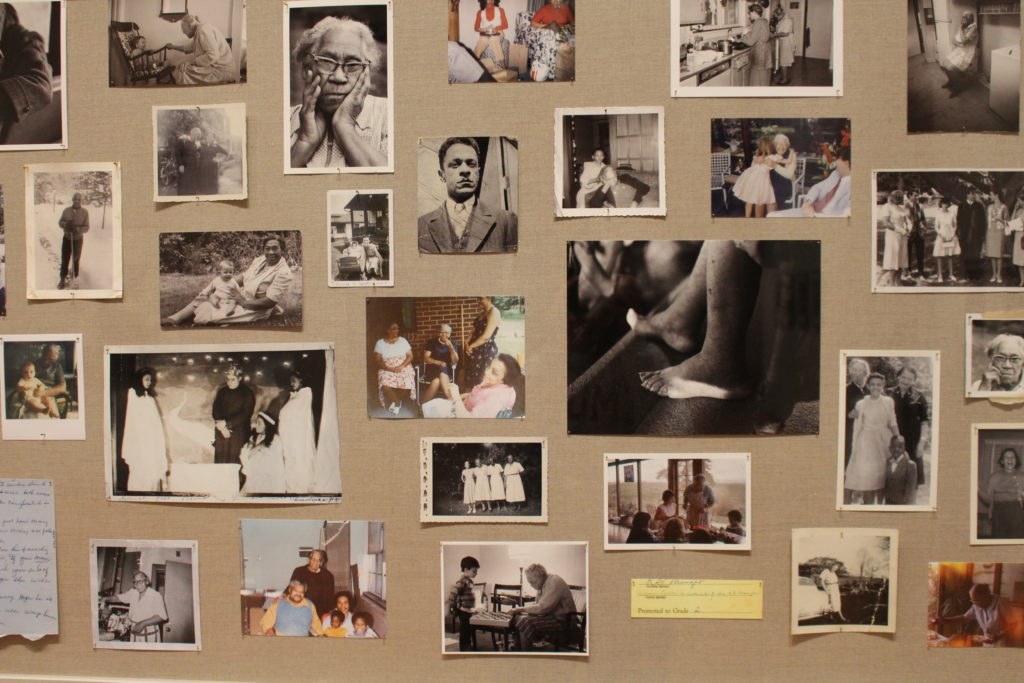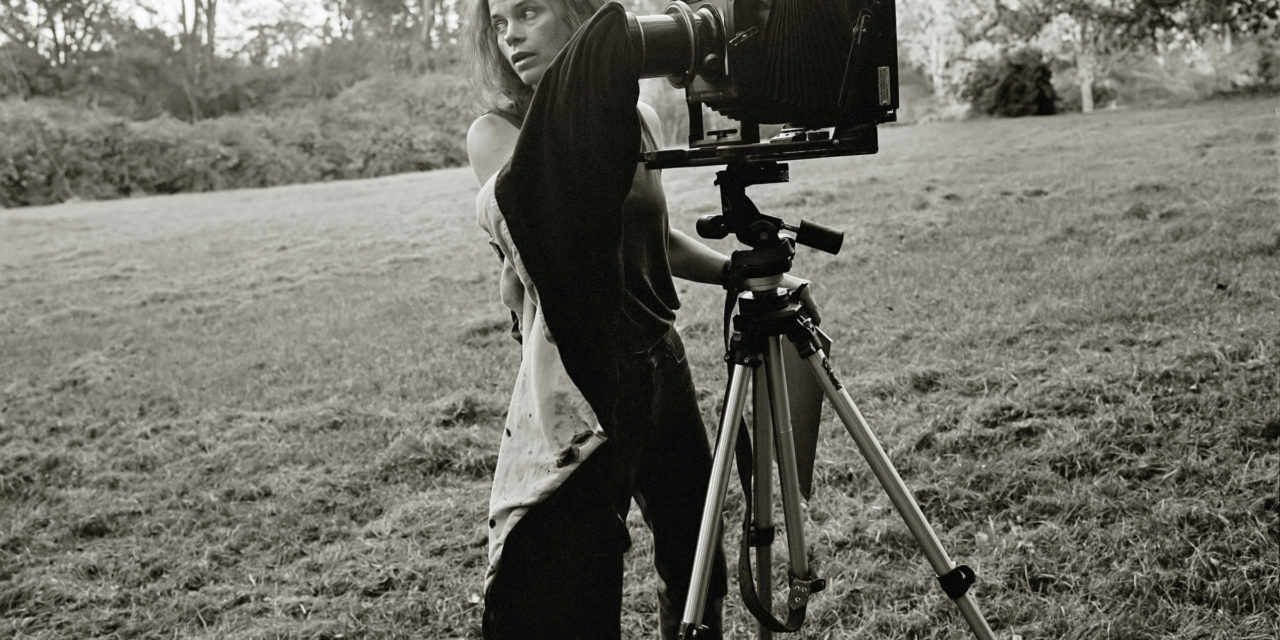
Courtesy of Kim Rushing
In the exhibition “Sally Mann: A Thousand Crossings,” Sally Mann plumbs the depths of the Southern psyche with photographs that both highlight the beauty of the South and call its dark history into question. Born in 1951 in Lexington, Virginia, Mann has spent her over 40-year career exploring her home in the Southern United States. Her latest exhibition investigates the Southern landscape and Mann’s relationship to it — a relationship fraught with reverence and frustration. The South overflows with aesthetic beauty, yet it is steeped in a deeply troubled past.
Spanning three floors of gallery space, the exhibition is divided into five sections: “Family,” “The Land,” “Last Measure,” “Abide with Me” and “What Remains.” The exhibit opens with Mann’s early works, primarily focused on her young children and their adolescent summers spent along the Maury River near Lexington. The intimate glimpses into private family life are playful and bursting with childlike energy and curiosity.
As Mann’s career progressed, she moved away from photographing her family to focus on the landscape behind them. She is quoted in the opening to “The Land” section saying, “Something strange is happening with the family pictures. The kids seem to be … receding into the landscape … I have been ambushed by my backgrounds.” At the time, Mann traveled around Georgia, Louisiana and Mississippi, photographing the swamplands, fields and forests of the Deep South.
Photographing in black and white with an antique camera, Mann conveys the haunting stillness of the Southern landscape. Her Deep South works are luminous, as trees and eroding buildings glow with hazy, honeyed light. The results are eerie, ephemeral images that transcend nature’s greener reality.
The third section, “Last Measure,” is a darker continuation of her landscape photography. Mann turns her focus toward Civil War battlefields, aiming to explore the effects of war on the physical landscape. Images of Antietam, Appomattox, Fredericksburg and others feel nearly apocalyptic. Viewing the photos, it’s difficult not to think about the tragedies of war scarring the natural environment. Mann questions, “Does the earth remember? Do these fields, upon which unspeakable carnage occurred, where unknowable numbers of bodies are buried, bear witness in some way?”
Later in her career, Mann explores the legacy of slavery and the Civil War on her environs, casting a lens to the effects on her own life. The fourth section, “Abide with Me,” includes a photo series featuring her childhood caregiver, Virginia “Gee-Gee” Carter. Through intimate portraits of Carter, coupled with childhood photos of the pair, Mann explores their relationship and how Carter, an African American woman, taught her about race in the South post-segregation. The photos in this section are gentler, more intimate and powerful as Mann vulnerably examines her own position in the fraught race relations of the South.

Anoushka Parameswar / Contributing
The final section, “What Remains,” features Mann’s ruminations on time and decay. Turning back to her family, Mann confronts the changing human body of herself, her husband and her children. This portion showcases some of the few self-portraits of Mann. Their freneticism conveys Mann’s wrestling with her own mortality.
Though each section includes varying subject matter, the themes of Mann’s photography are persistent and profound. Across her work, Mann questions the innate beauty of the South and its troubled history, searching for reconciliation. Mann encounters this history head-on, fearlessly exposing darker aspects of a typically beautiful landscape.
Confronting history — one of the salient themes spanning Mann’s works — feels especially relevant. The national debate over confederate monuments and their stake on Southern ground continues throughout Southern cities. Mann’s work seems to push against them: why encase history in marble when the trees and fields also bear witness?
Mann’s photography shows that bearing witness to the grim history of the South is as necessary as it is inevitable. The history is not stuck in the past — it is all around us, confronting us wherever we turn. As Mann says herself, “To identify a person as a Southerner suggests not only that her history is inescapable and formative but that is also impossibly present.”
“Sally Mann: A Thousand Crossings” is open at the High until Feb. 2, 2020. The exhibition is organized by the National Gallery of Art in Washington, D.C., and the Peabody Essex Museum in Salem, Massachusetts. It is co-curated by Sarah Kennel, the High’s Donald and Marilyn Keough Family curator of photography.






